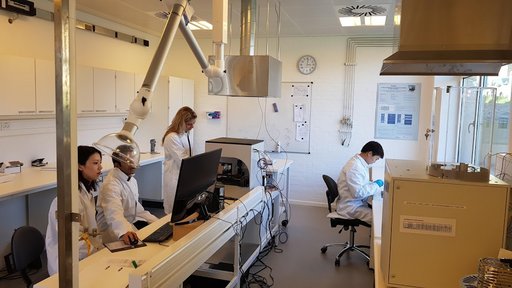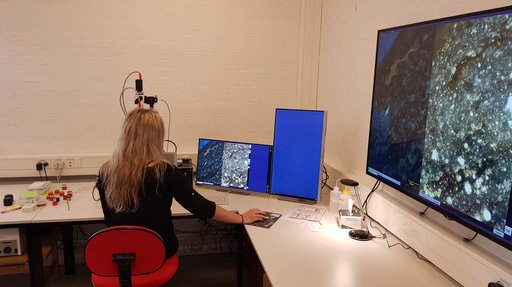
Acquisition of the Hawk anhydrous pyrolysis carbon analysis system has placed Aarhus University in the forefront of international research in the wide area of lithospheric organic carbon. Hawk anhydrous pyrolysis carbon analysis system provides advanced measurements and speciation of organic carbon in bulk solid phase.
This system provides, fast, economical, robust and accurate quantitative measurements of various fractions of organic carbon constituents of rocks, soil, sediments, permafrost, and other natural and synthetic solid mediums. It is unique from other conventional carbon analysers, in the sense that not only measures total organic carbon (TOC), but also provides quantitative information on its form, quality, speciation, origin, thermal maturity, oxidation status, and degradation, as well as measures concentration of black carbon and inorganic carbon minerals. It serves as an essential and irreplaceable component of carbon research, with broad applications in energy, environment, and climate research. The system caters to a wide range of on-going research on paleo-environmental reconstruction, global carbon budget studies, climate change, contaminants (metals and organic pollutants), petroleum systems, and renewable biomass energy.
Hawk Pyrolysis system (other commercial name is Rock-Eval), which applies fully automated, programmed heating of samples under both anoxic (pyrolysis) followed by oxidizing condition (combustion). This system is coupled with three on-line detectors for continuous quantification of various species of organic carbon in a wide range of geological, environmental, and biological samples. This system is ideal for fast and economical screening of TOC content, kerogen types, availability of free hydrocarbon and lipid, degree of biodegradation, oxidation, diagenetic alterations, and thermal maturity. This system also provides accurate measurement of total quantity of biogenic and geogenic carbonates (siderite, calcite, and dolomite). Combined analysis of organic carbon with inorganic carbon provides a reliable quantitative analysis of total carbon content of a wide range of samples and understanding of type/quality of carbon and its origin, and the conditions that carbon has been subject to.

This system is one of the world’s most integrated and advanced organic petrology systems, which is an essential part of the Lithospheric Organic Carbon Laboratory (L.O.C.) lab. This system provides crucial measurements and characterizations for hydrocarbon geoscience, environmental, and climate research. This system provides microscopic capability, integrated with incident, white light and fluorescence photometry and spectrometry, image acquisition and processing on solid and semi-solid organic and inorganic carbon.